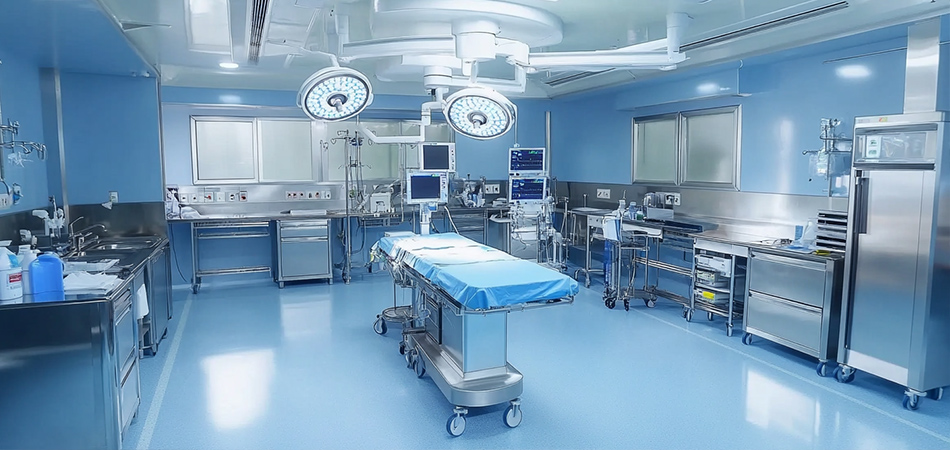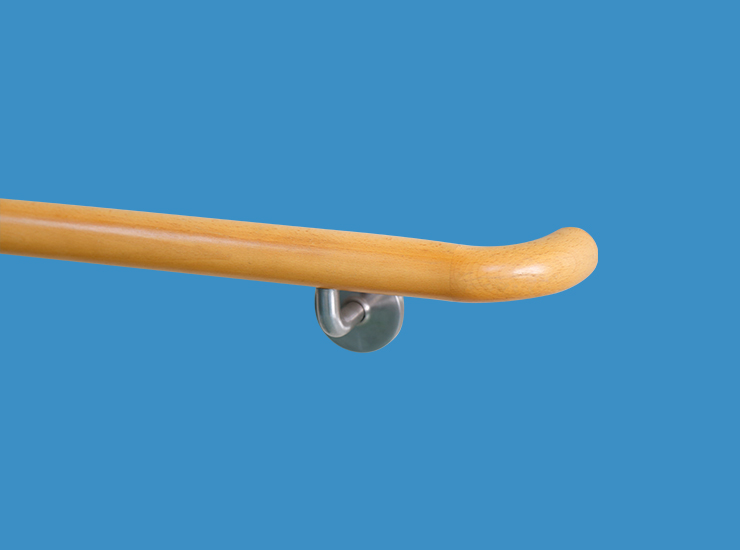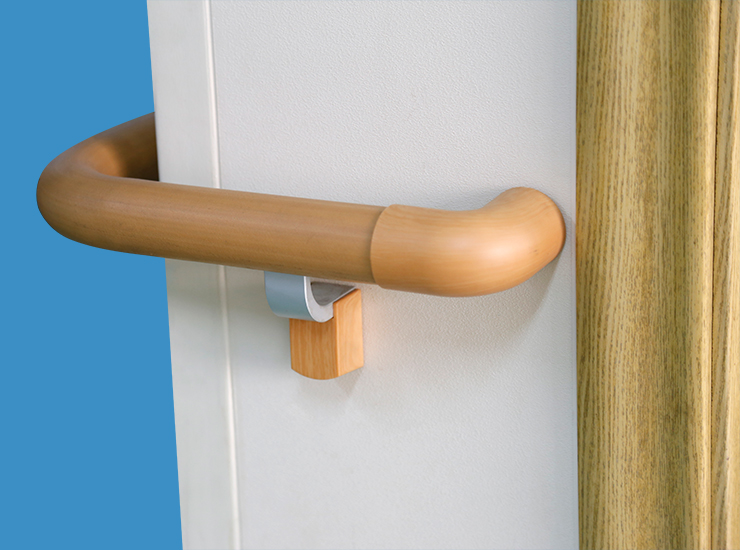 Service Hotline:13510328459
Service Hotline:13510328459
 205-206, 2nd Floor, Building 2, Xiazao Village Industrial Zone, Gaofeng Community, Dalang Street, Longhua District, Shenzhen City
205-206, 2nd Floor, Building 2, Xiazao Village Industrial Zone, Gaofeng Community, Dalang Street, Longhua District, Shenzhen City
 Service Hotline:13510328459
Service Hotline:13510328459
 205-206, 2nd Floor, Building 2, Xiazao Village Industrial Zone, Gaofeng Community, Dalang Street, Longhua District, Shenzhen City
205-206, 2nd Floor, Building 2, Xiazao Village Industrial Zone, Gaofeng Community, Dalang Street, Longhua District, Shenzhen City
Time:2025-09-02 Preview:
In the fast-paced environment of a hospital, safety and efficiency are paramount. Handrails, often overlooked, play a crucial role in ensuring both. In this article, we delve into the significance of operating room handrails in China, the various types available, and their installation processes.
Handrails are essential components in medical facilities, particularly in operating rooms and nursing homes. They provide support, prevent falls, and aid in the mobility of patients and staff alike. In high-pressure environments, the right handrail can make a significant difference in operational efficiency and patient safety.
Operating rooms are spaces where precision and cleanliness are critical. Handrails ensure that medical staff can move swiftly without compromising their balance or safety. Additionally, they offer patients a sense of security when they need to move around, especially post-surgery.
In nursing homes, dual-level handrails are particularly beneficial. They cater to both standing and seated individuals, offering support at different heights. This design is crucial for accommodating the varying needs of residents with different mobility levels.

China's healthcare infrastructure is vast, and so is the variety of handrails used in its operating rooms. Let's explore some of the common types:
Stainless steel is a popular choice for operating room handrails due to its durability and ease of maintenance. Resistant to rust and corrosion, these handrails are ideal for the sterile environment of an operating room. Their sleek design also complements the modern aesthetic of contemporary medical facilities.
While less common in operating rooms, wooden handrails are favored in areas like corridors and patient rooms. They offer a warm, comfortable grip and can be treated to resist bacteria and moisture. In nursing homes, where aesthetics and comfort are prioritized, wooden handrails are a popular choice.
Dual-level handrails, prevalent in nursing homes, are designed to provide support at two different heights. This feature is especially useful for patients who require assistance while standing or those who need to hold onto something while seated in a wheelchair

The installation of handrails in operating rooms and nursing homes requires precision and adherence to safety standards. Here’s a look at the process:
Before installation, it’s crucial to assess the environment. Factors such as the width of corridors, the height of the ceilings, and the specific needs of the facility must be considered. This ensures that the handrails are not only functional but also compliant with regulatory standards.
Choosing the Right Material
The choice of material for handrails is influenced by the specific requirements of the facility. Stainless steel is preferred in operating rooms for its sterility, while wooden handrails are often chosen for areas where aesthetic appeal and comfort are important.
The installation process involves several steps:
Measurement and Marking: Accurate measurements are taken to ensure that the handrails are installed at the correct height and distance from the wall.
Drilling and Mounting: Holes are drilled into the walls, and brackets are mounted securely to hold the handrails in place.
Attaching the Handrails: The handrails are then attached to the brackets, ensuring they are level and secure.
Final Inspection: A thorough inspection is conducted to ensure that the handrails are stable and meet safety standards.

Properly installed handrails offer numerous benefits in medical facilities, including:
Enhanced Safety: Handrails reduce the risk of falls and injuries, providing a stable support system for patients and staff.
Improved Mobility: They facilitate easier movement for individuals with mobility issues, contributing to a more efficient healthcare environment.
Aesthetic Appeal: Well-designed handrails can enhance the overall look of a facility, making it more welcoming and comfortable for patients and visitors.
Handrails are an indispensable feature in operating rooms and nursing homes across China. They provide safety, support, and enhance the overall functionality of medical facilities. By understanding the types of handrails available and the importance of proper installation, healthcare providers can create environments that are not only safe but also efficient and welcoming for both staff and patients.
Whether it’s the sleek, durable stainless steel handrails in an operating room or the comforting wooden handrails in a nursing home, each type plays a vital role in the healthcare ecosystem. As the demand for healthcare services continues to grow, investing in quality handrails will remain a priority for facilities aiming to offer the best care possible.
